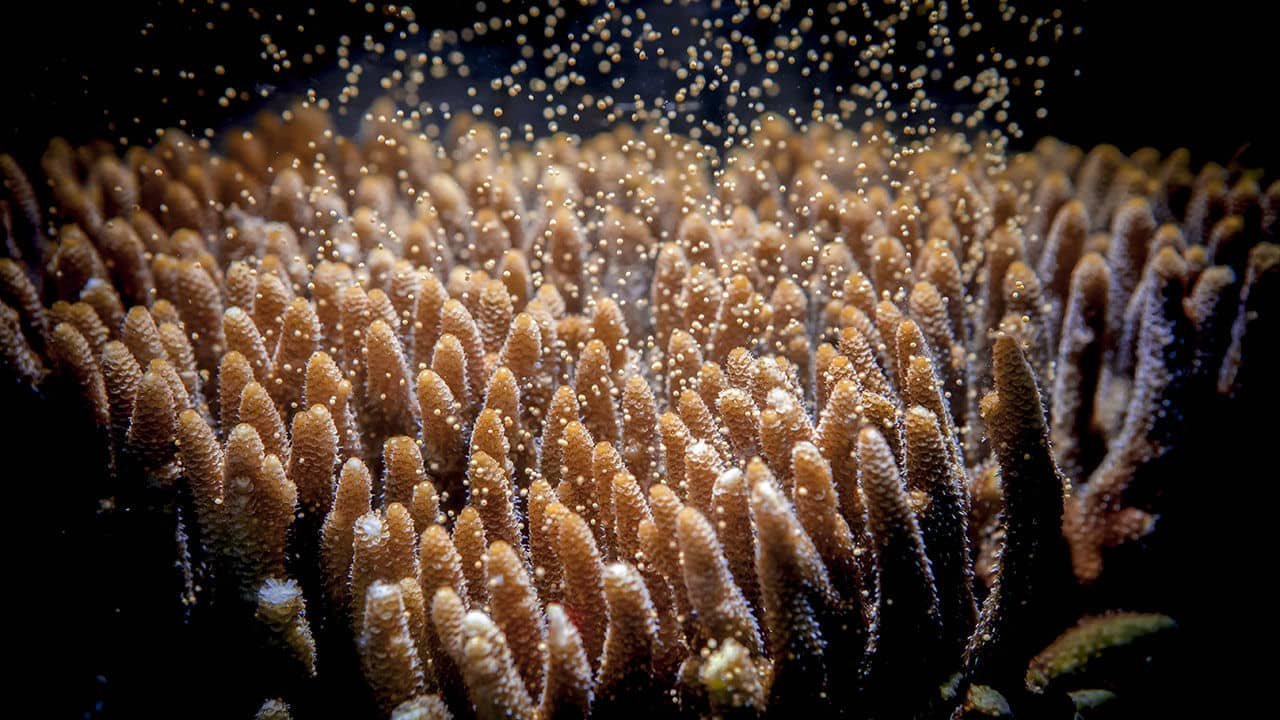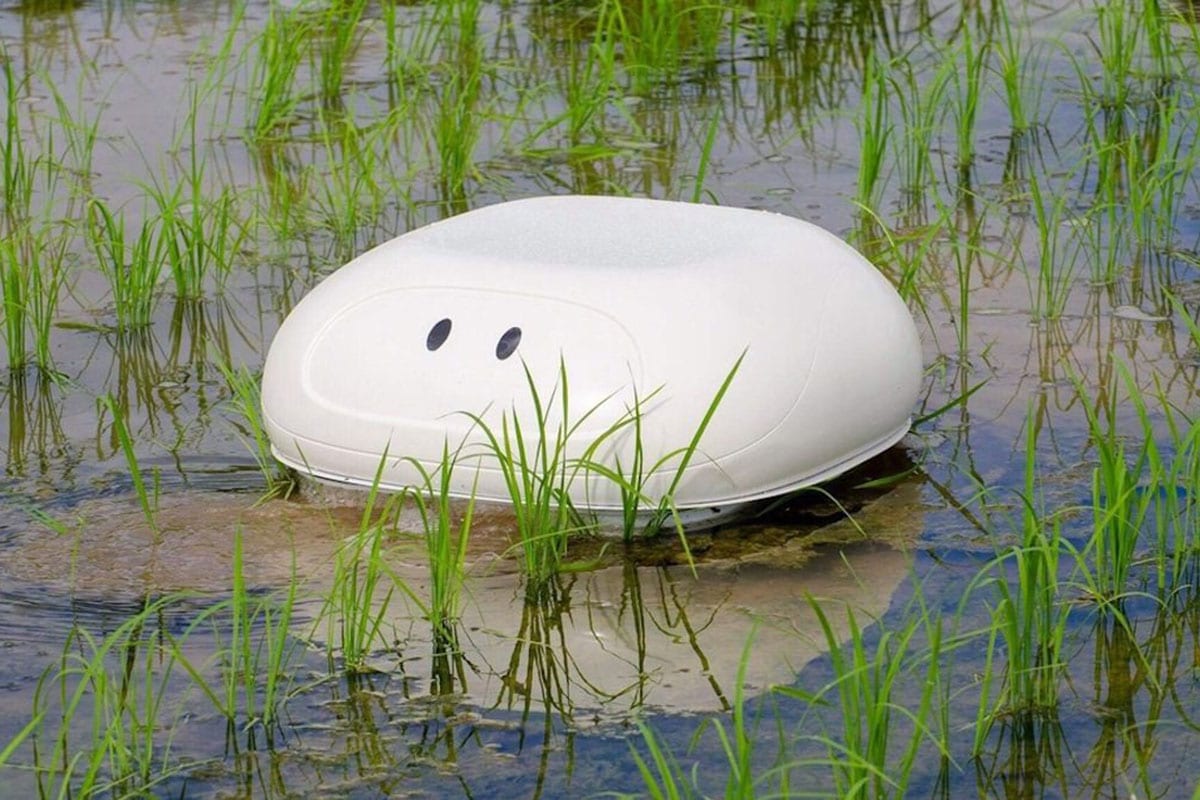Robotics Make a Splash in Environmental Conservation
There has been a long time trend in which human and technological development has been at the cost of Earth’s natural resources and landscape. While we can stand and point the finger at human evolution, it seems more worthwhile to channel our technological capabilities towards a positive change. Being involved in the industrial design industry in Melbourne, this is something we are always striving towards.
The Queensland University of Technology (QUT) has partnered with the Great Barrier Reef Foundation to carefully collect, rear and deliver millions of coral eggs and sperm using a drone called the ‘LarvalBot’. Sexual reproduction of coral being ideal, as it creates genetic diversity to better to preserve the species.
Coral spawning source: sciencemag.org
As of 2018, over 50% of Australia’s Great Barrier Reef has been lost. This has primarily been a result of the adverse human effects. This includes overfishing, water pollution and severe coral bleaching caused by climate change and rising water temperatures.
QUT researchers have stated that the use of the LarvalBot can result in a reproductive increase of up to 100 times, compared to natural reproduction and manual delivery. It is also preferable in its ability to operate at night and in areas where dangers such as sharks or crocodiles could pose a threat to humans. Currently, QUT has mentioned further development to expand the robot based preservation efforts.
Barrier reef researchers source: qut.edu.au
In a similar process of roboticising manual tasks, Nissan engineers have developed a robot duck that has been introduced in farming regions of Yamagata. It has been used to assist with rice paddy farming as an alternative to keeping ducks. The robot addresses the environmental concerns associated with the use of pesticides, reduces manual labour and eliminates the issues around ducks consuming crops. The robot’s solar powered motors stir up the fields and muddies the water to prevent the weeds from receiving sunlight.
Robot ‘duck’ source: techexplorist.com



